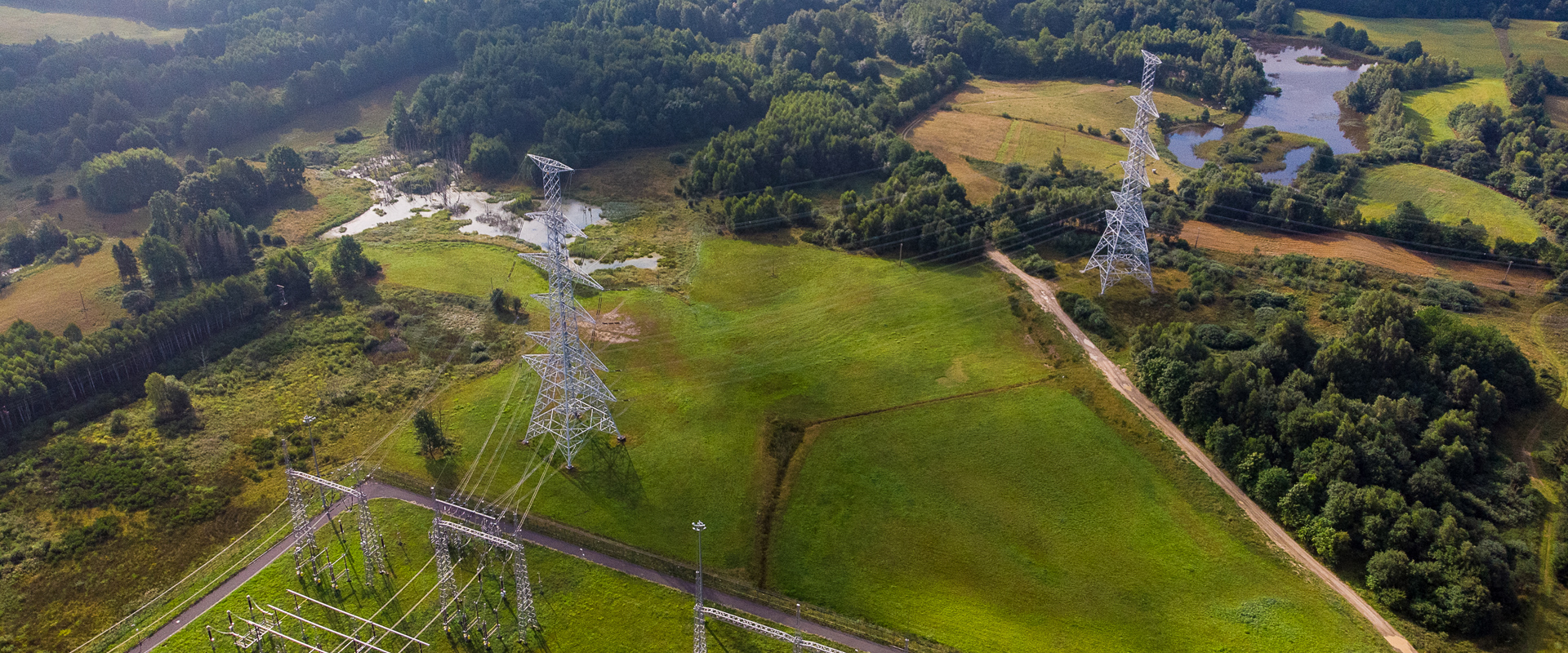Carbon footprint
PSE is pursuing a sustainable development strategy that supports business objectives and also contributes to the achievement of the ambitious United Nations Sustainable Development Goals, including Goal 13 related to climate actions.
Through its actions, PSE affects the stable operation of the power system in Poland, thus having some impact on the volume of greenhouse gas emissions. Like other organizations, our company also affects the climate through greenhouse gas emissions resulting from the combustion of fuels and the use of electricity or heat. To measure the climate impact of PSE's operations, we continue to calculate our carbon footprint under the assumption that we have permanently included it in the impact report. The carbon footprint is becoming one of the indicators considered in evaluating the performance of our organization and is used in managing our company.
PSE's carbon footprint calculations were performed in accordance with the international GHG Protocol Corporate Accounting and Reporting Standard. We used 2017 as our baseline year - the year for which we calculated greenhouse gas emissions against which we would compare emissions in future years.
Through its actions, PSE affects the stable operation of the power system in Poland, thus having some impact on the volume of greenhouse gas emissions. Like other organizations, our company also affects the climate through greenhouse gas emissions resulting from the combustion of fuels and the use of electricity or heat. To measure the climate impact of PSE's operations, we continue to calculate our carbon footprint under the assumption that we have permanently included it in the impact report. The carbon footprint is becoming one of the indicators considered in evaluating the performance of our organization and is used in managing our company.
PSE's carbon footprint calculations were performed in accordance with the international GHG Protocol Corporate Accounting and Reporting Standard. We used 2017 as our baseline year - the year for which we calculated greenhouse gas emissions against which we would compare emissions in future years.

